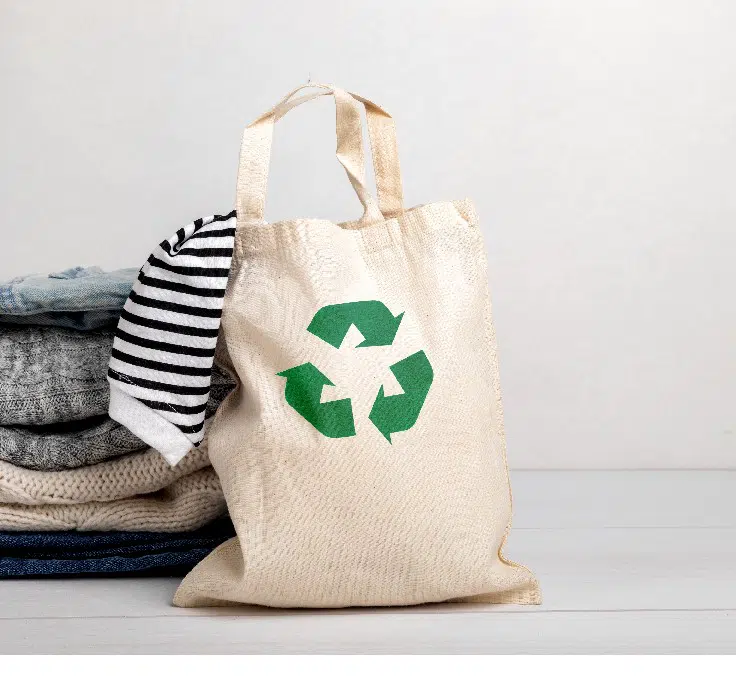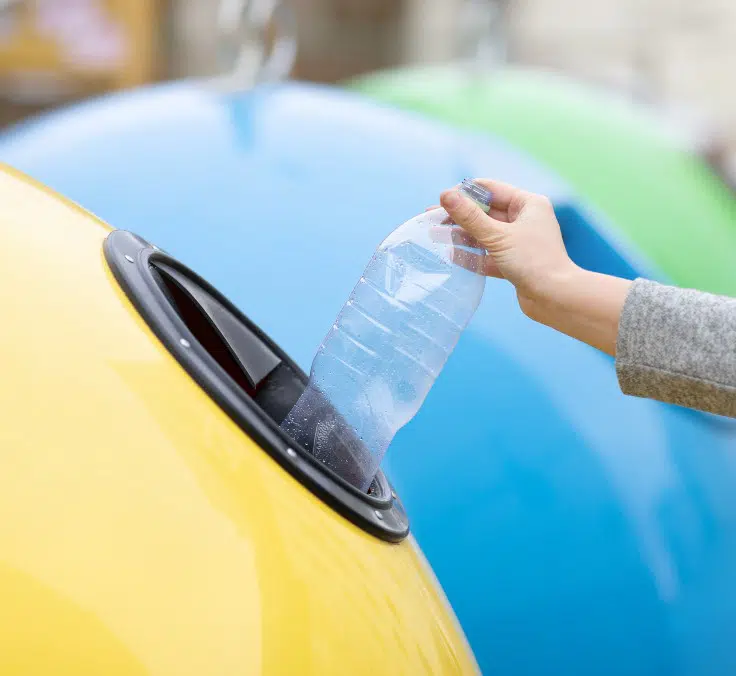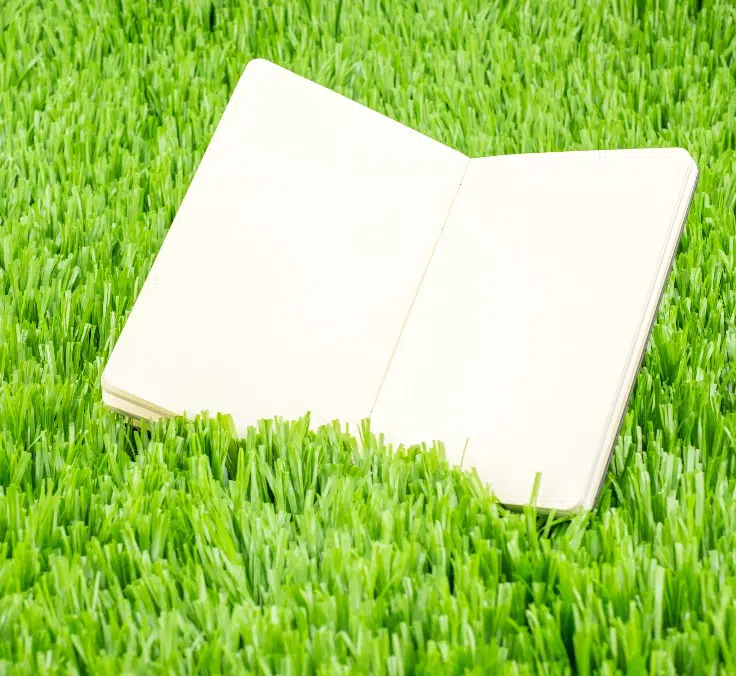SUSTAINABILITY| 27.07.2022
“The various Rs of the circular economy”
We live on a planet with limited resources where the traditional economic model—based on a consume-and-throw away pattern—has a huge impact. The circular economy aims to reducing, recovering, and recycling the natural resources that we have already extracted. These three Rs include new formulas for redesigning, rejecting, recovering, or repairing, which are keys to generating as low an impact as possible and protecting the environment. MAPFRE has signed up to these objectives, as a reference in relation to the circular economy, making it possible to generate business opportunities while caring for the planet and society.
The first glass recycling container was installed in Spain on February 1, 1982, in the Moratalaz neighborhood of Madrid, and it didn’t take long for more to be installed across the rest of the country. Its arrival responded to one of the major questions facing humanity: What type of world do we want to leave for future generations? As glass is 100 % recyclable, it was one of the first materials to which the basic concepts of the circular economy were applied.
However, it’s important that first we look at the path that lies ahead: one of the factors that the twelfth UN Sustainable Development Goal (responsible production and consumption) alerts to is that by 2050, the world population will reach 9.6 billion people. By then, we would need the equivalent of three planet Earths to provide the natural resources necessary to maintain current lifestyles. The United Nations also forecasts that by the year indicated above, the amount of trash generated in cities will have doubled.
As a result, explains the UN, companies are required to search for sustainable solutions that take the environmental and social impacts of their products and services into greater consideration, in particular their life cycles. According to Julieth Vanessa Prieto Sandoval, assistant professor at the Laboratory of Business Sustainability at the Pontifical Xavierian University (Colombia), the key is “a paradigm shift in the way society interacts with nature to prevent a drain on resources.” Or, put another way, committing to the circular economy: “A model that requires cyclical and regenerative environmental innovations in the way that society legislates, produces, and consumes”.
From linear to circular
To date, society has pursued a linear economy, based on extracting, producing, using, and throwing away: a model that has been demonstrated to be unsustainable when it comes to preserving the planet. The term “circular economy” was first tabled in 1970: “An economic system based on business models that replace the concept of ‘expiry date’ with the terms reduction, alternative uses, recycling, and recovery of materials, both in production and distribution processes as well as in consumption processes; which operate at a micro level (products, companies, and consumers), medium level (ecological industrial parks) and macro level (city, region, country, and beyond). The aim is to achieve sustainable development that entails generating environmental quality, economic prosperity, and social justice for current and future generations,” explain prestigious researchers Julian Kirchherr, Denise Reike, and Marko Hekkert in this scientific analysis of the circular economy.
Traditionally, the philosophy of the circular economy has been structured around the 3Rs: reduce, reuse, and recycle. Reducing involves using less resources to manufacture something, reusing means giving a new life to the product once it has satisfied its original purpose, and recycling consists of converting something that no longer serves its purpose into something new. Jesús Gamero, an expert at the Research Group on the Sociology of Climate Change and Sustainable Development at University Carlos III of Madrid, indicates that “we must invest significant social awareness and, most importantly, analyze the way in which the life cycle of products is managed.” And that is what is going to gradually happen.
3+X= circular economy
The initial 3Rs model is gradually evolving towards others that include other Rs, which, according to the professor from the Pontifical Xavierian University, are “clearly transversal and can be applied throughout the production, consumption, and return cycle of resources”:
Redesign. There is always a way to do things better. For example, water bottles have exchanged plastic for recycled cardboard. In the design phase of a product, consideration must be given to its environmental impact: it should consume less, its useful life should be extended insofar as possible, it should be recyclable, and, as suggested by Gamero, it should be capable of changing old habits: “Built-in obsolescence can be traced to the intention of consuming and producing more. This is a production model that needs to be rethought to make progress toward a more sustainable society.” This concept is known as eco-design.
Recover. A product’s waste can, for example, be used as energy that helps to create another product. That’s why it is important, says the professor from University Carlos III, to “change that vision and understand that as part of this circular economy process, we should transition from managing waste to generating raw materials from waste, as that is the objective.” And that is precisely the aim of the new Law on waste and contaminated soil for a circular economy approved in Spain this year. The purpose of the new legislation is to “set out the principles of the circular economy through basic legislation in relation to waste, in addition to contributing to the fight against climate change and protecting the marine environment.”
Repair. So, something has broken… but can it be fixed? In most cases, this is the most profitable solution, which involves using the least number of resources. “It is important for local councils to be able to work with companies in the services sector to provide many products and goods with a second life,” adds Gamero. An example of this can be seen in the Basque government’s initiative Repair diagnostics in Euskadi, which places importance on repairs and sets out all the public and private initiatives implemented in the region.
Reject. There are products, manufactured using sustainability criteria, which serve the exact same functions as others that have not been manufactured in the same way. Choosing the right ones requires social awareness, as is the case of palm oil: in addition to its impact on health, it has also been widely rejected due to its negative impact on rainforests.
Reality continues to make quick progress. Even in the circular economy, there is now talk of two new Rs: remanufacturing to rebuild products that we need by hand or using mechanical means and restoring old products to incorporate them onto the market. Erring on the side of caution to save the planet.
A benchmark in the circular economy
MAPFRE has signed up to the Circular Economy Pact with a view to becoming a benchmark in this model of production. The company has committed to promoting energy savings and reducing its environmental impact; measuring savings and energy efficiency at its facilities; encouraging the use of ecological products and services; minimizing waste generation; and involving society by encouraging responsible consumption and recycling.
One of the insurance company’s most important projects in this field is its R&D center, CESVIMAP, which designs methods for repairing vehicles in a sustainable manner at thousands of repair shops which MAPFRE collaborates with across the globe. It also gives a second chance to thousands of scrapped car parts. According to its General Manager, José María Cancer: “This is a commitment made reality to improve the world we live in and make it a safer, cleaner, and more prosperous place.”
Companies that complete the circle
Zicla. They manufacture bike lane dividers in Spain by recycling electrical wiring.
Eko-rec. This company based in Gipuzkoa converts almost 25,000 tons of plastic to manufacture water and soda bottles from car components and sheets for trays used in the food industry.
Ecozap. Ever heard of vegan shoes? That’s right, at Ecozap they manufacture leather-free, toxin-free shoes from tires.
Reciclarg. An Argentine firm specializing in the management of scrap electrics and electronics for reuse.
México Recicla. Platform that offers circular solutions and tailor-made projects that help companies and institutions to transition towards a circular economy in Latin America.
Sinba. This Peruvian company is a benchmark in the scaled recovery and reuse of organic waste.
RELATED ARTICLES:




